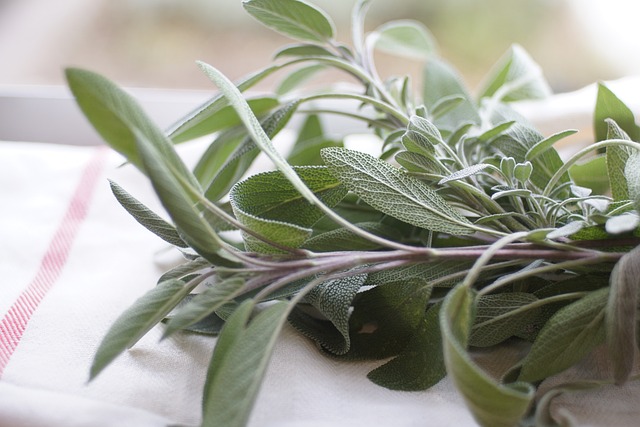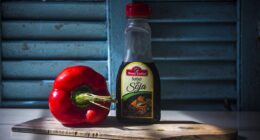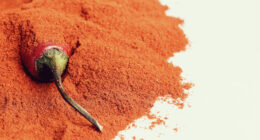Ground sage is finely powdered, while rubbed sage consists of coarser, crumbled leaves. The texture and intensity of flavor may vary between the two.
TL;DR Ground sage Vs. Rubbed sage
Ground sage is made from dried sage leaves that have been finely powdered, resulting in a more concentrated flavor. It is perfect for adding a punch of herby goodness to soups, sauces, and stuffing.
Rubbed sage consists of whole dried sage leaves that have been crumbled or broken into smaller pieces. This gives it a lighter texture and less intense flavor compared to ground sage. Rubbed sage works well in recipes where you want a milder herb taste without overpowering other ingredients.
What is Ground Sage?
Ground sage refers to dried sage leaves that have been finely pulverized into a powder. This culinary herb, known for its earthy and slightly peppery flavor, is a common seasoning in various cuisines.
Ground sage is versatile and adds depth to dishes like stuffing, poultry, sausage, and soups. Its powdered form allows for easy integration, ensuring a consistent distribution of flavor throughout the recipe.
Ground sage is a convenient and shelf-stable alternative to fresh sage, offering a concentrated taste that enhances the overall savory profile of dishes.
What is Rubbed Sage?
Rubbed sage is a dried herb derived from sage leaves that have been manually rubbed to create a crumbled, textured form.
This process involves separating the leaves from their stems and gently rubbing them between the fingers to break them into smaller pieces. With a more rustic texture than ground sage, rubbed sage retains its aromatic qualities and imparts a milder, yet still robust, flavor to various dishes.
Commonly used in seasoning stuffing, poultry, and savory recipes, rubbed sage offers a distinctive taste that enhances the overall culinary experience with its earthy, slightly peppery, and aromatic notes.
Ground sage Vs. Rubbed sage – Key differences
| Feature | Ground Sage | Rubbed Sage |
|---|---|---|
| Texture | Fine powder | Coarser, crumbled leaves |
| Flavor Intensity | Concentrated, potent | Milder, less concentrated |
| Ease of Use | Easily disperses and blends in recipes | Requires more handling, may need to be broken down |
| Appearance | Fine and powdery | Leafy, crumbled texture |
| Common Uses | Easily integrates into soups, sauces, and dry rubs | Popular for seasoning stuffing, poultry, and meats |
| Storage | Compact and easy to store | Bulkier, may need more storage space |
| Cooking Applications | Versatile for a variety of dishes | Particularly well-suited for traditional recipes |
| Flavor Consistency | Provides consistent flavor throughout the dish | May offer varying intensity due to crumbled texture |
| Release of Flavor | Quick release of flavor due to powder form | Flavor release may be slower, requires more cooking time |
Image Credits
Featured Image By – cferrigno426 from Pixabay








